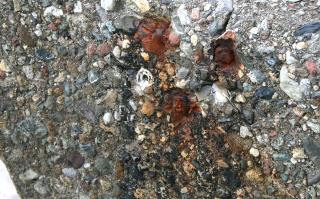Dr Clark recounts how statistical analysis of the variation in product quality control testing can be used to detect the corrupt reporting of testing results as one particular case of a cement company comes to mind. This method can help avoid the spectre of expensive lawsuits and damage to the cement maker’s reputation.
On a quiet, misty autumn morning the moderator was contemplating the subject of his next Technical Forum for ICR. Suddenly, a call was received from a panic-stricken after-sales technical support manager of a cement company in a far-flung part of the world. A valued ready-mix concrete customer had detected high free lime content in the cement they had purchased from the cement company. That cement had already been used in concrete by the time the non-compliance was detected. The ready-mix concrete customer was concerned that the concrete they had supplied into multiple prestige projects might prove to be unsound. In that case massive rework and compensation claims could be anticipated. The ready-mix concrete customer was giving notice to the cement company that any such claims would be referred on to the cement company for their account. The financial and reputational risk to the cement company would be immense.
